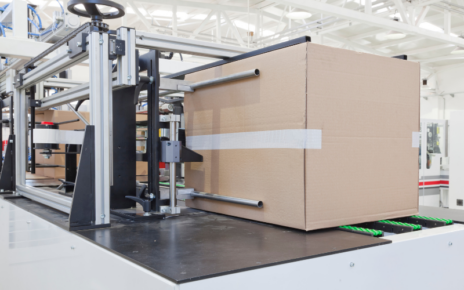In the pharmaceutical industry, where manufacturing and research operations are both precise and critical, the reliability of equipment is paramount. Among these vital pieces of machinery, slurry pumps often play a significant role. These pumps are essential for transferring various liquids laden with solids, a common requirement in the pharmaceutical landscape.
However, slurry pumps are also susceptible to wear and tear, primarily because they handle abrasive materials and corrosive chemicals. Therefore, a well-executed maintenance regimen is crucial to ensure their longevity and optimal performance. Below are some simple yet effective maintenance tips that can save you both time and money in the long run.
1. Regular Inspections:
Regular visual and mechanical inspections can help you identify issues before they escalate into significant problems. Look out for signs of wear, corrosion, and leaks with your slurry pumps. Use standardised checklists to ensure nothing gets missed. Scheduled inspections can catch issues like impeller imbalance, cracked housings, and worn-out seals.
2. Lubrication:
Correct lubrication is vital for the longevity of your slurry pump. Ensure you’re using the appropriate type and amount of lubrication for your specific model. Lack of proper lubrication can result in increased friction, heat, and ultimately, premature wear.
3. Sealing Mechanisms:
Seals are among the most vulnerable components in a slurry pump. Regularly check and replace seals to avoid leakages. Leaking not only wastes material but can also be hazardous, especially when dealing with volatile or corrosive substances common in pharmaceutical applications.
4. Monitor Vibration and Noise:
Excessive vibration or noise usually signals an impending failure. Utilise vibration analysis tools to monitor these levels. If irregularities are detected, it’s time to inspect bearings, shaft alignment and impellers for possible issues.
5. Cleaning:
Residue build-up can hinder your pump’s performance. A scheduled cleaning regimen, using compatible solvents, can help maintain the pump’s efficiency. Make sure to follow the manufacturer’s guidelines for cleaning, especially when dealing with sensitive pharmaceutical materials.
6. Proper Storage:
For pumps not in continuous use, proper storage is essential. Store these pumps in a clean, dry environment and rotate their shafts periodically to prevent bearing corrosion and stiffness.
7. Operational Guidelines:
Always operate the pump within the parameters outlined in the manufacturer’s guidelines. Operating at excessive speeds or under abnormal conditions can reduce the pump’s lifespan drastically.
8. Training:
Training your staff on the best practices for pump operation and maintenance can go a long way. Educated operators are more likely to recognise symptoms of wear and tear early, which can be invaluable for preventive maintenance.
9. Spare Parts:
Keep a stock of essential spare parts such as seals, bearings, and impellers. Having these on hand allows for quick replacements, reducing downtime considerably.
10. Documentation:
Keep records of all maintenance activities, failures, and replacements. This documentation will help in trend analysis, predicting future issues, and making informed decisions on whether to repair or replace components.
Conclusion
A well-maintained slurry pump is less likely to fail, thereby reducing the risk of unplanned downtime that can be both costly and detrimental to your pharmaceutical operations. Implementing these simple maintenance tips will enhance the longevity and efficiency of your slurry pumps, ensuring that they operate at their best when you need them most.
By adhering to a proactive maintenance schedule and employing best practices, you can significantly extend the life of your pumps while safeguarding the quality and integrity of the pharmaceutical products you produce. So, start your maintenance plan today and watch as your operations run more smoothly, efficiently, and economically in the long run.





